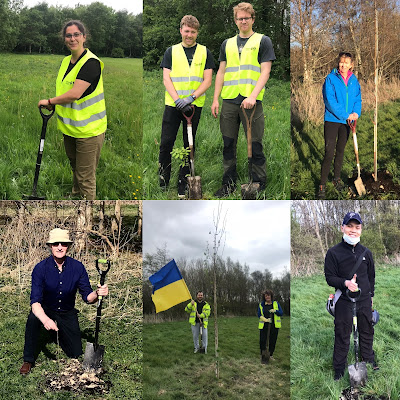The win by the Tuatha of Terryland Forest Park in the all-Ireland 'Pride of Place' awards in Killarney this week is dedicated to the tens of thousands of volunteers in Galway City of all ages and backgrounds who have over many many decades understood the critical importance of Nature for the health of the planet and the health of people, and that the battle to save the rainforests of Amazonia, the Congo and Indonesia will be fought and won in the cities of the world.
These great people planted trees and flowers, cleaned up rivers, streets and parks, organised nature studies and nature walks/cycles, implemented the green prescription, nurtured and restored species in an sometimes hostile unsympathetic built urban environment.
Our cities need homes, schools, sports/community centres and workplaces but they also need an infrastructure of safe pedestrian/cycling/public transport networks, inter-connected parks, greenways, and wildlife sanctuaries. In the case of the latter, we have to realise that we share our urban habitat with other species and that we need to provide space for the rest of Nature to thrive and by doing so it will provide us with oxygen, lower greenhouse gas emissions, filter out toxic gases, provide flood defenses, give us food, beautify our city and be a tonic to our minds, bodies and souls.
We started the idea of a people's and wildlife park along the Terryland River in my house at Christmas in the year of COP 1 (1995) and it became a reality in 2000.
Over the last 27 years, we have achieved a lot but we have so much more to do. Our green spaces need significantly more investment and they should be clean and safe for all. Boosted by a new generation of young enthusiastic volunteers (supported of course by many older enthusiastic veterans who have not gone away!), I am optimistic that the next few years will see progress in integrating the rest of Nature into our beloved city through the 'Galway National Park City' designation which is about making our city Greener, Bluer, Wilder, Healthier, Smarter, Sustainable and more Beautiful.
Finally, a big Bualadh Bos to Claddagh Watch who do so well at the Awards final in recognition in their great efforts to make our waterways safe and in protecting people's lives as well as to our county friends in the Headford Lace Project and Killannin Development Committee.
Community resiliance is alive and well in Galway!



